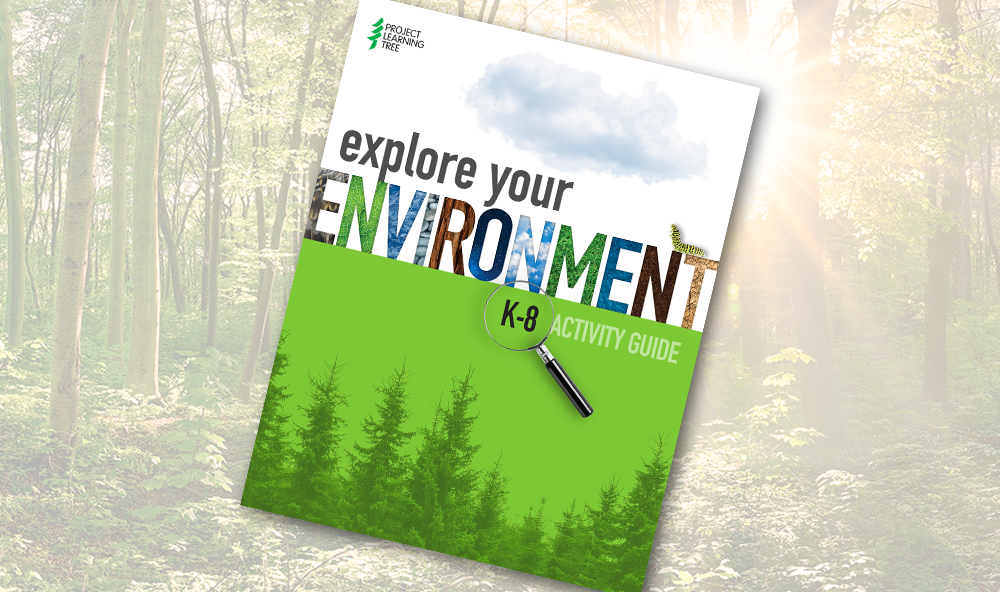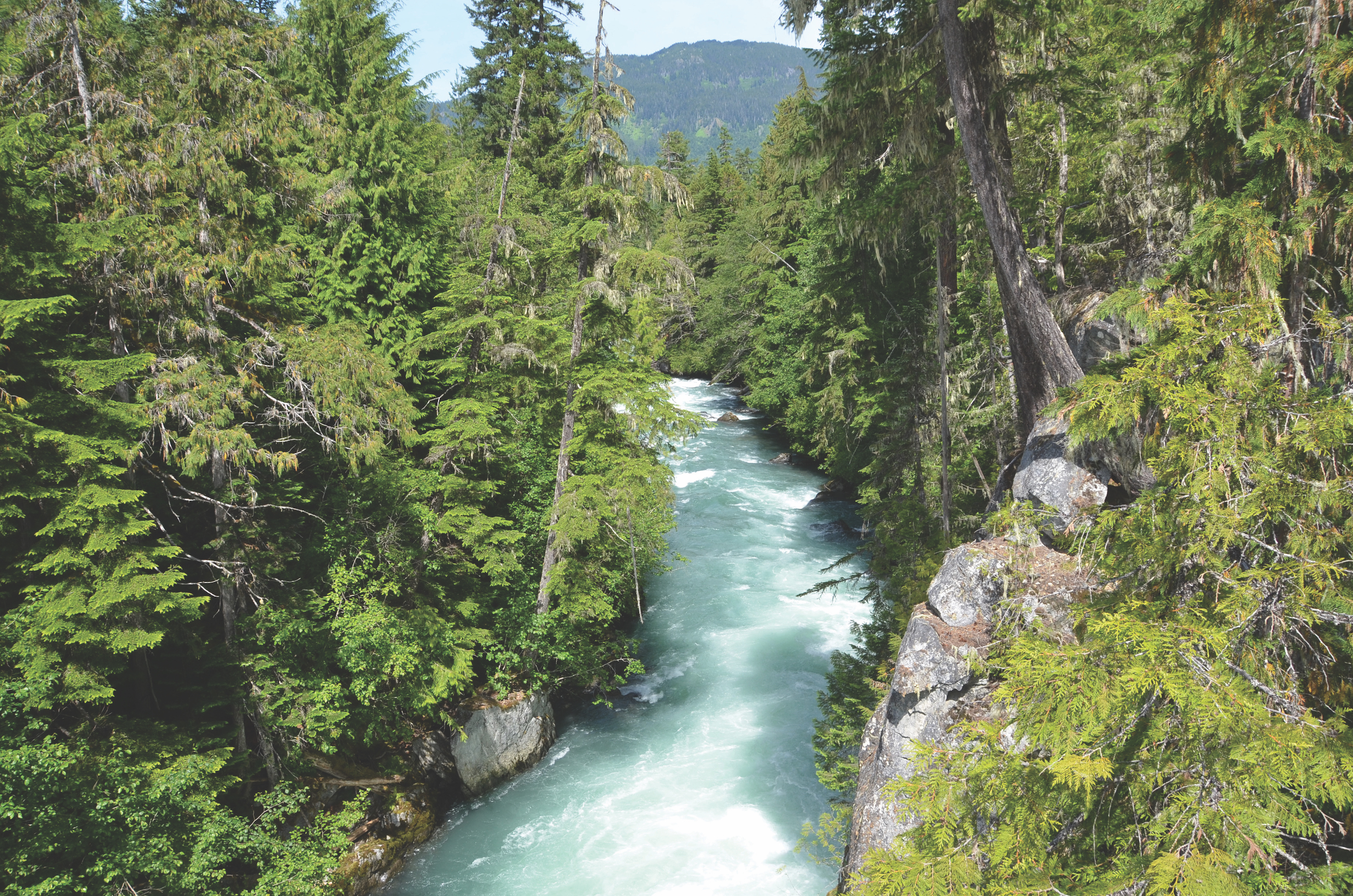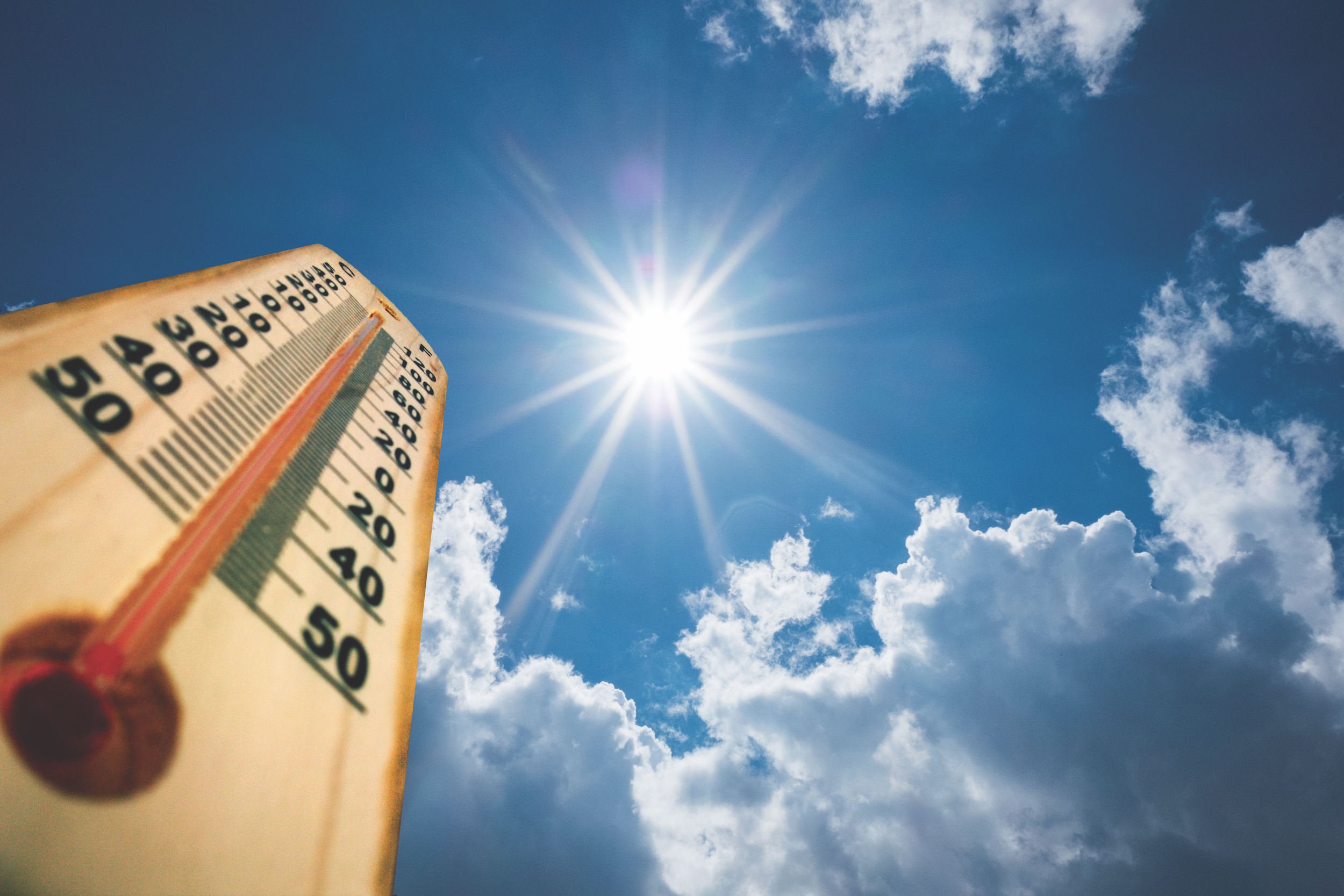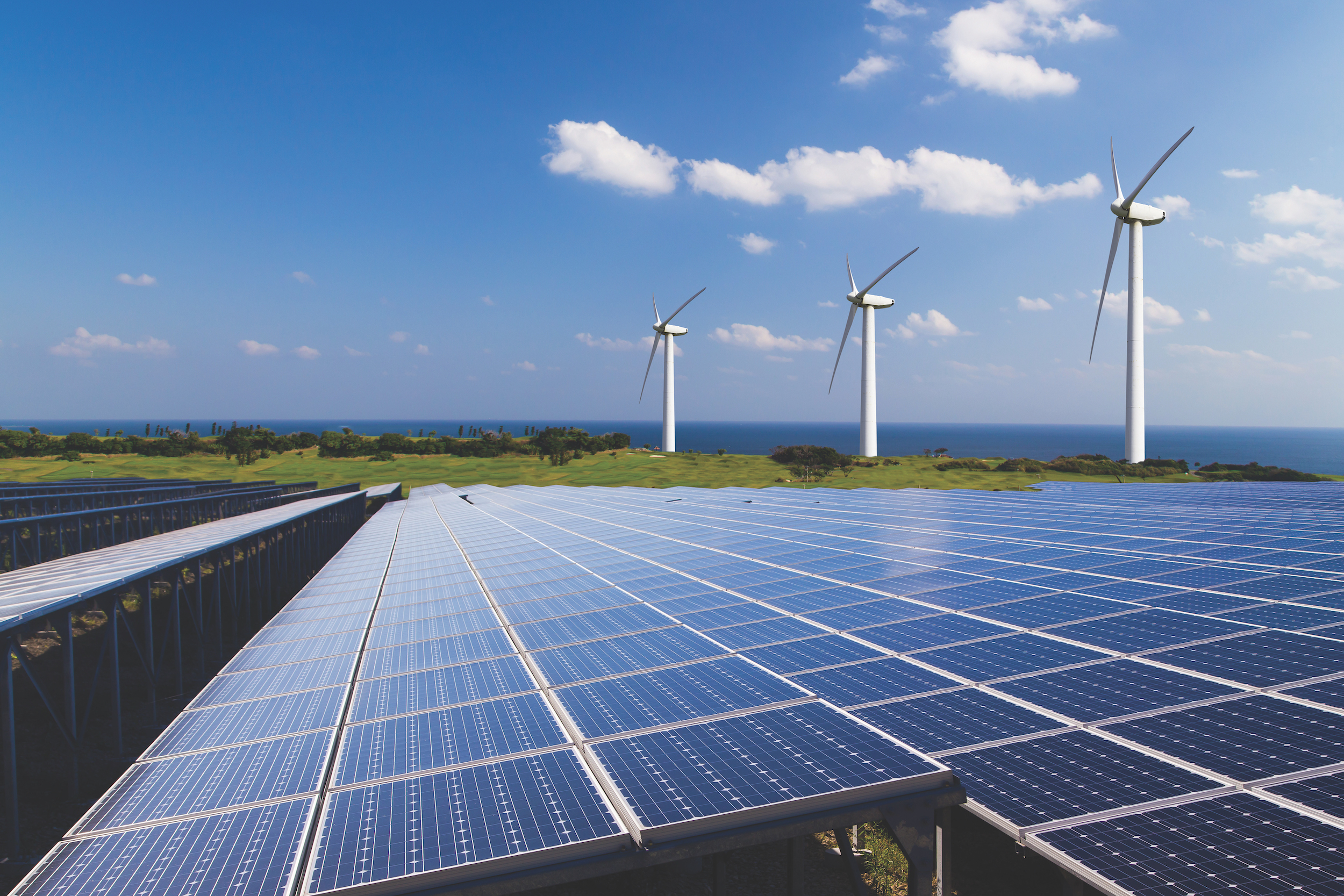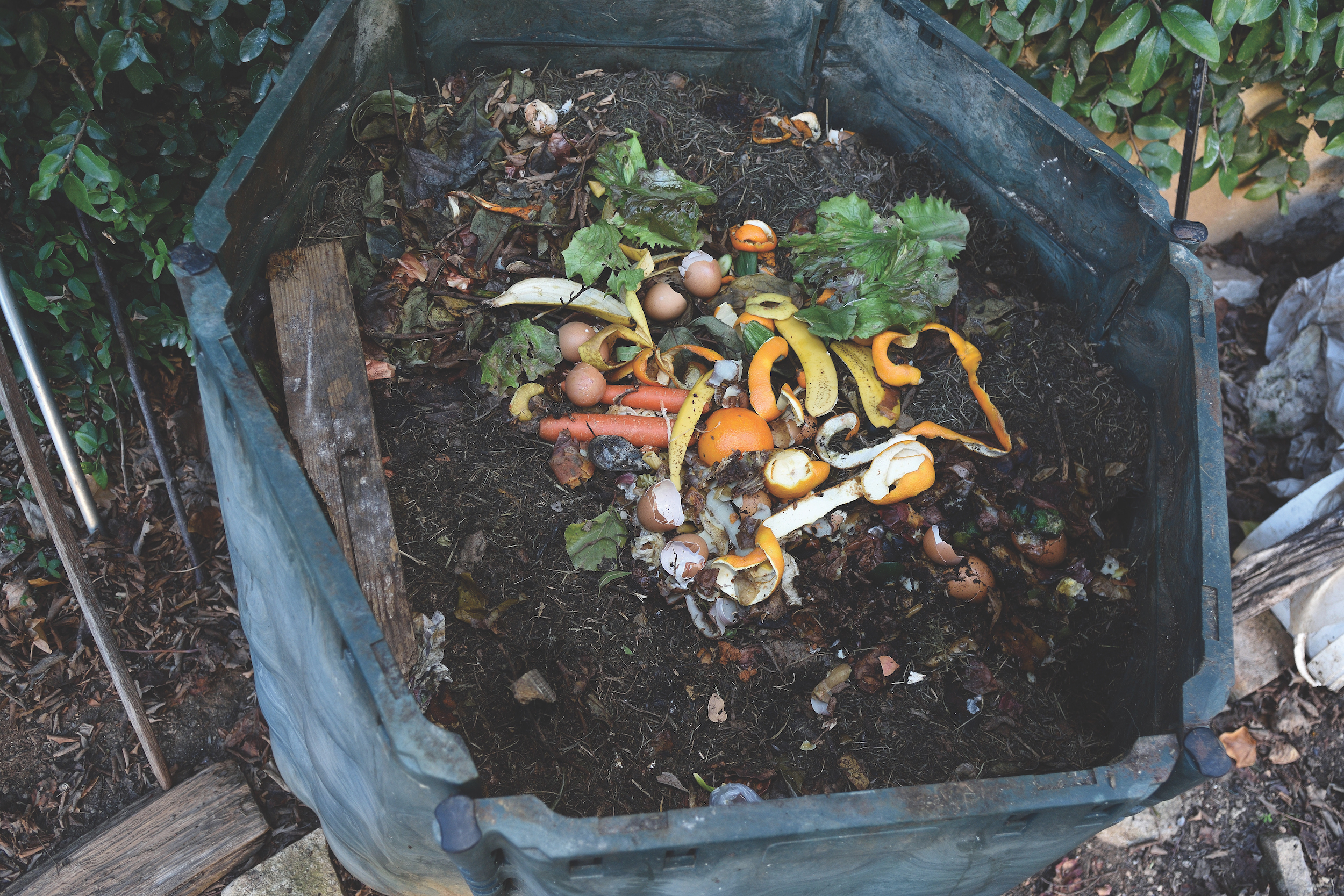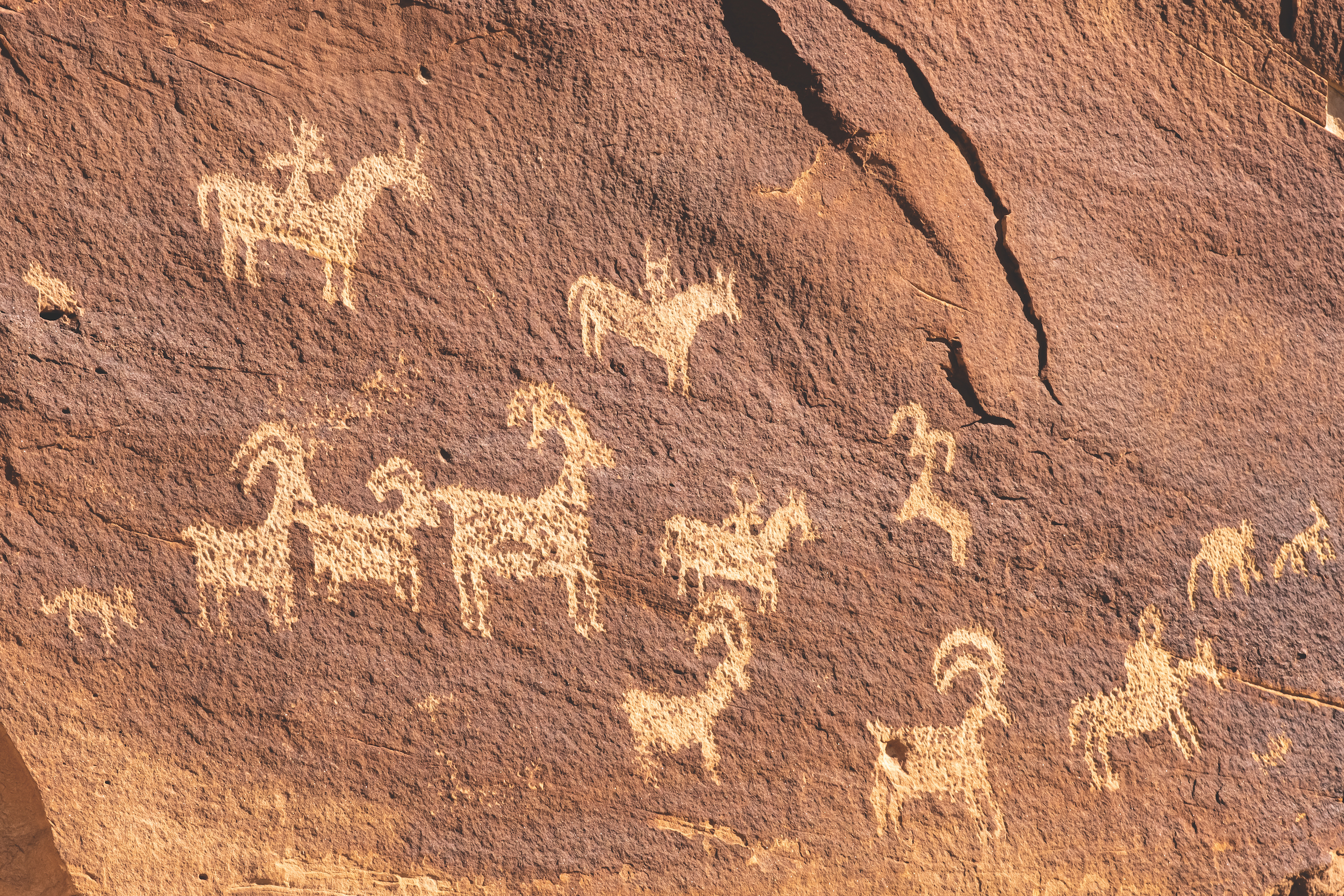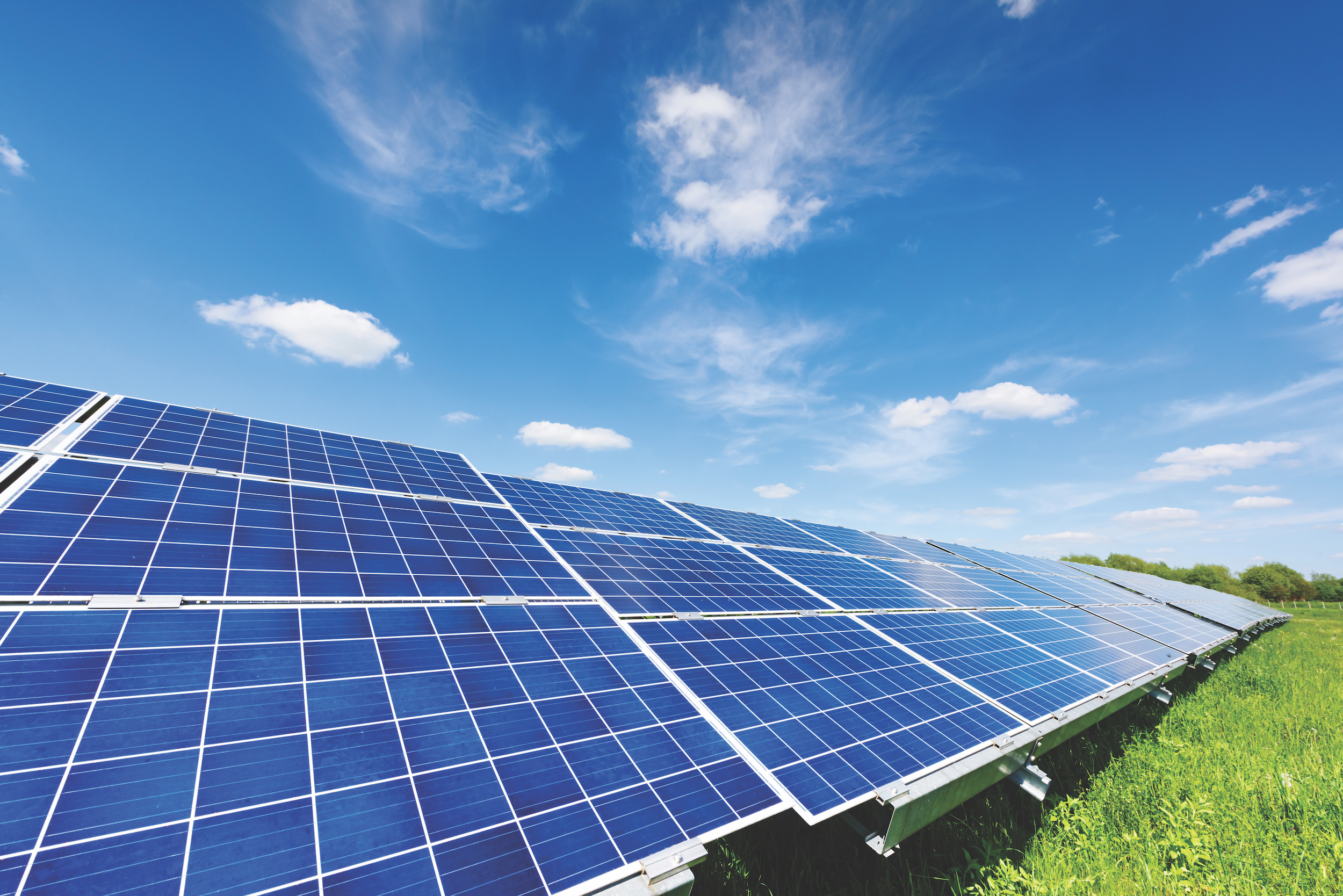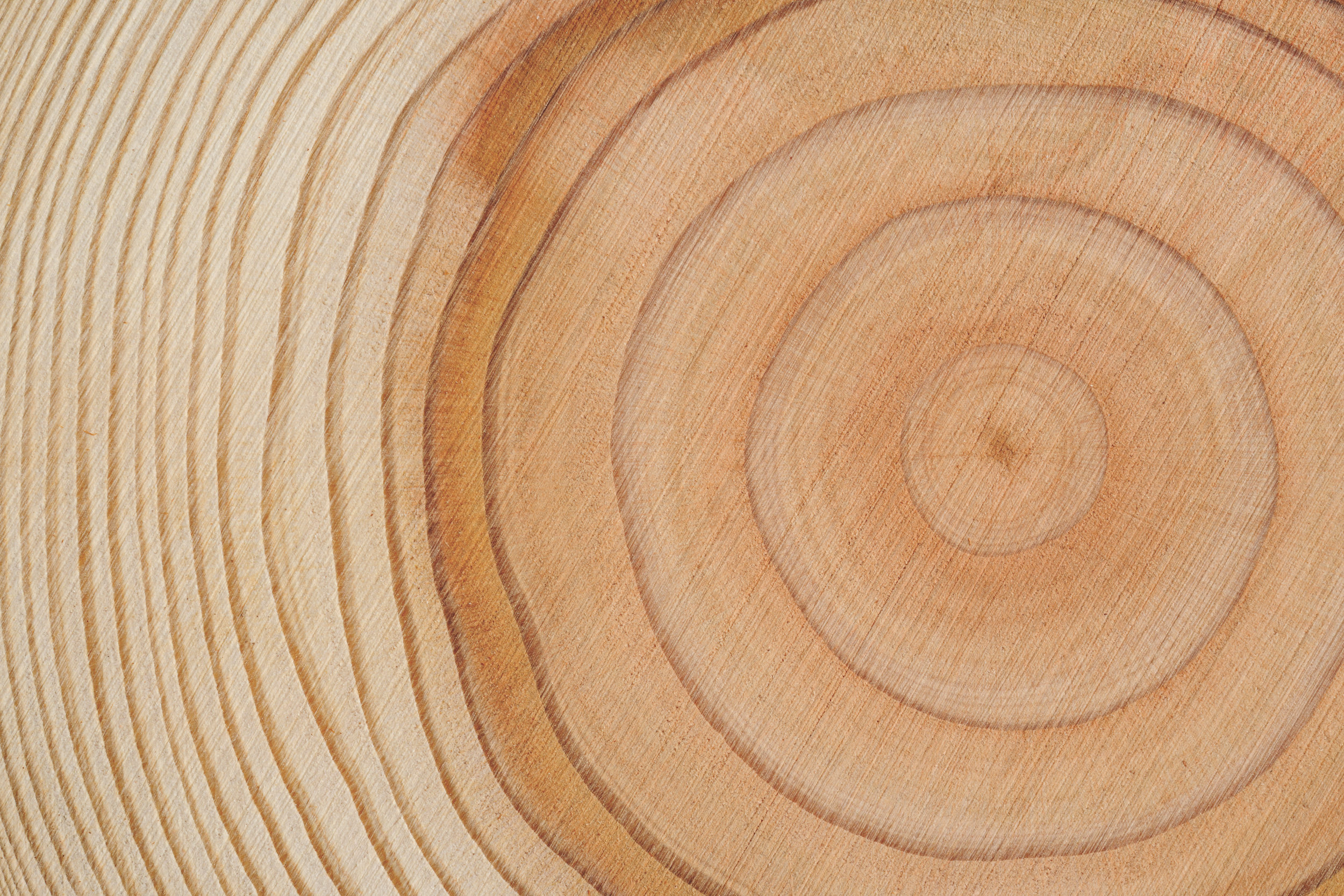December 28, 2020 | By Project Learning Tree
Students explore the environmental, social, and economic criteria of forest certification and consider possible benefits and limitations of certification for both forests and people.
December 28, 2020 | By Project Learning Tree
Using data collected from Mauna Loa, students graph changes in atmospheric levels of carbon dioxide (CO2) over the course of several decades and identify possible reasons for those changes.
December 28, 2020 | By Project Learning Tree
Students model what happens to renewable and nonrenewable resources over time and discover why sustainable use of natural resources is so important.
December 28, 2020 | By Project Learning Tree
By examining trash, students can learn a lot about how and why they throw things away. Students find ways to reduce their community’s waste production and improve its management through participation in a service-learning project.
December 28, 2020 | By Project Learning Tree
Never underestimate the power of a tree! In addition to giving us an amazing array of paper and wood products, trees provide a host of other benefits—from shading our backyards to reducing air pollution to helping stabilize the global climate.
December 28, 2020 | By Project Learning Tree
Students play the role of forest manager for a 400-acre (162-hectare) public forest, exploring the complex factors that influence management decisions about forest lands.
December 28, 2020 | By Project Learning Tree
The energy we use at home, school, or work enhances our lives, but it also often contributes to air and water pollution, wildlife and habitat loss, and climate change.
December 28, 2020 | By Project Learning Tree
By modeling the parts of a tree and creating a “tree factory,” students will learn about the structure of a tree.
December 28, 2020 | By Project Learning Tree
Tree rings show patterns of change in the tree’s life, as well as changes in the area where it grows. Students will trace environmental and historical changes using a cross-section of a tree.
